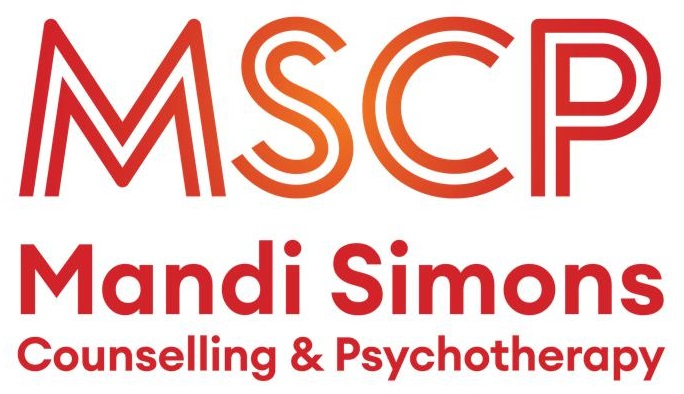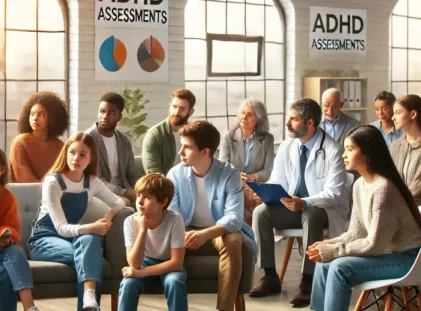In recent years, there’s been a notable rise in the number of people being assessed and diagnosed with ADHD. From children to adults, more individuals are recognising the signs of ADHD and seeking professional help. But why is this happening now, and what factors are driving the increase?
Greater Awareness and Reduced Stigma
One of the most significant reasons for the rise in ADHD assessments is the growing awareness of the condition. Years ago, ADHD was often misunderstood, with many associating it only with disruptive behaviour in children, especially boys. However, thanks to increased awareness around mental health and neurodiversity, more people now recognise ADHD as a condition that affects both children and adults in different ways.
Social media platforms like TikTok and Instagram have played a substantial role in this awareness. People are openly sharing their experiences, describing ADHD symptoms that resonate with others who may have previously brushed off their struggles. This visibility has not only normalised conversations about ADHD but also helped people recognise the signs in themselves or their children, prompting them to seek assessments.
As a result, we’re seeing more adults—many of whom were never diagnosed in childhood—realise they’ve been living with undiagnosed ADHD. This is especially true for women, who have historically been underdiagnosed due to differences in how ADHD presents in girls compared to boys.
ADHD in Men and Women: Recognising Gender Differences
One of the key reasons ADHD was often missed in girls and women is that their symptoms tend to manifest differently from boys and men. Boys with ADHD are more likely to display hyperactivity and disruptive behaviours, which are more obvious in classroom settings. This has led to higher rates of diagnosis in boys, as their symptoms are more noticeable to teachers and parents.
Girls, on the other hand, tend to exhibit inattentiveness, forgetfulness, or difficulty focusing without the outward hyperactivity. These symptoms can easily be overlooked or attributed to other factors, such as anxiety or daydreaming, leading to girls being underdiagnosed or misdiagnosed. As a result, many women are only now realising in adulthood that ADHD may explain the challenges they’ve faced throughout their lives, such as difficulties with organisation, time management, or focus.
This shift in understanding has led to a rise in adult ADHD diagnoses, particularly among women who are now being recognised as having inattentive or combined types of ADHD, rather than the hyperactive type that was traditionally more associated with the condition.
Social Media- Children & ADHD
In today’s world, children are constantly exposed to screens, whether through social media, YouTube, or video games. Some experts suggest that the rapid, attention-grabbing nature of online content may be contributing to attention issues in children or making existing ADHD symptoms more pronounced.
The constant flow of fast-paced, high-stimulation content on platforms like TikTok can make it harder for children to focus in more structured environments, such as school. As a result, more parents and teachers are noticing ADHD-like behaviours in children and seeking assessments to determine whether these attention difficulties are part of a larger issue.
With the increased availability of ADHD information online, parents are now better informed about the condition and more likely to seek help if they suspect their child may be affected.
Better Diagnostic Tools and Criteria
Advances in diagnostic tools have also played a significant role in the rise of ADHD diagnoses. In the past, ADHD was mainly recognised by its hyperactive and impulsive symptoms, which are more prevalent in boys. However, we now understand that ADHD can manifest in a variety of ways, and diagnostic criteria have expanded to include inattentive presentations, which are more common in girls and adults.
This broader understanding of ADHD, coupled with better training for healthcare providers, means that many individuals who may have been previously overlooked are now being correctly diagnosed. The improved recognition of the diverse ways ADHD presents is particularly important for women and girls, as it helps to close the gender gap in diagnosis.
The Modern-Day Pressure Cooker
The fast-paced, high-pressure nature of modern life is another factor contributing to the rise in ADHD assessments. Whether it’s children balancing school, extracurricular activities, and social lives, or adults juggling work, family, and personal commitments, the constant demands of multitasking can highlight difficulties with attention and focus.
For those with undiagnosed ADHD, the pressures of modern life can feel overwhelming, leading to more people seeking assessments as they struggle to keep up with daily responsibilities. The shift to remote work during the COVID-19 pandemic, which disrupted the structure of daily life, also made it harder for many people to manage their ADHD symptoms, leading to a spike in diagnoses during and after the pandemic.
Increased Access to Mental Health Services
The rise in ADHD diagnoses is also partly due to increased access to mental health services. Telehealth has become much more common, allowing people to seek assessments and therapy from the comfort of their own homes. This has made ADHD assessments more accessible for individuals who may have struggled to access traditional in-person services, whether due to location, cost, or time constraints.
The growing availability of private ADHD assessment services has also contributed to the rise in diagnoses, as people can now seek help more easily, even if public health systems have long waiting times.
ADHD and the Mental Health Conversation
ADHD often coexists with other mental health conditions, such as anxiety or depression, and as awareness of mental health issues grows, more people are seeking help for their overall well-being. This has led to an increase in ADHD assessments, as individuals being evaluated for other conditions are also screened for ADHD.
For many, receiving an ADHD diagnosis brings clarity and relief, providing an explanation for years of challenges with focus, organisation, and managing daily life. This increased focus on mental health as a whole has helped more people understand the connections between ADHD and other aspects of their well-being, leading to more comprehensive diagnoses.
A Step Forward—But Is It Always Positive?
The rise in ADHD assessments and diagnoses reflects greater awareness, reduced stigma, and improved diagnostic tools. More people, particularly women and adults, are getting the support and understanding they've long needed. This is a step forward in many ways, as it allows individuals to access treatments and strategies to manage their symptoms more effectively.
However, there are also reasons to pause and consider whether this surge is entirely positive. Some critics argue that the increase in diagnoses may lead to overdiagnosis, especially in children who are already navigating the highly stimulating, fast-paced world of social media and constant connectivity. Are we too quick to label natural behaviours as symptoms of ADHD in environments that demand ever more focus and productivity?
There’s also the risk of medicalising struggles that may stem from normal pressures of modern day life. The rise in diagnoses could lead to an over-reliance on medication, as individuals seek a quick fix to manage their symptoms rather than addressing underlying lifestyle or environmental factors.
While the increase in ADHD assessments highlights progress in understanding mental health and neurodiversity, it also raises important questions: Are we pathologising normal behaviours in a world that demands too much of everyone? Is the rush for diagnosis and treatment always in the best interest of the individual, or is there more to consider when addressing attention and focus difficulties?
As the conversation around ADHD continues to grow, it’s essential that we remain thoughtful about how and why these diagnoses are being made.

